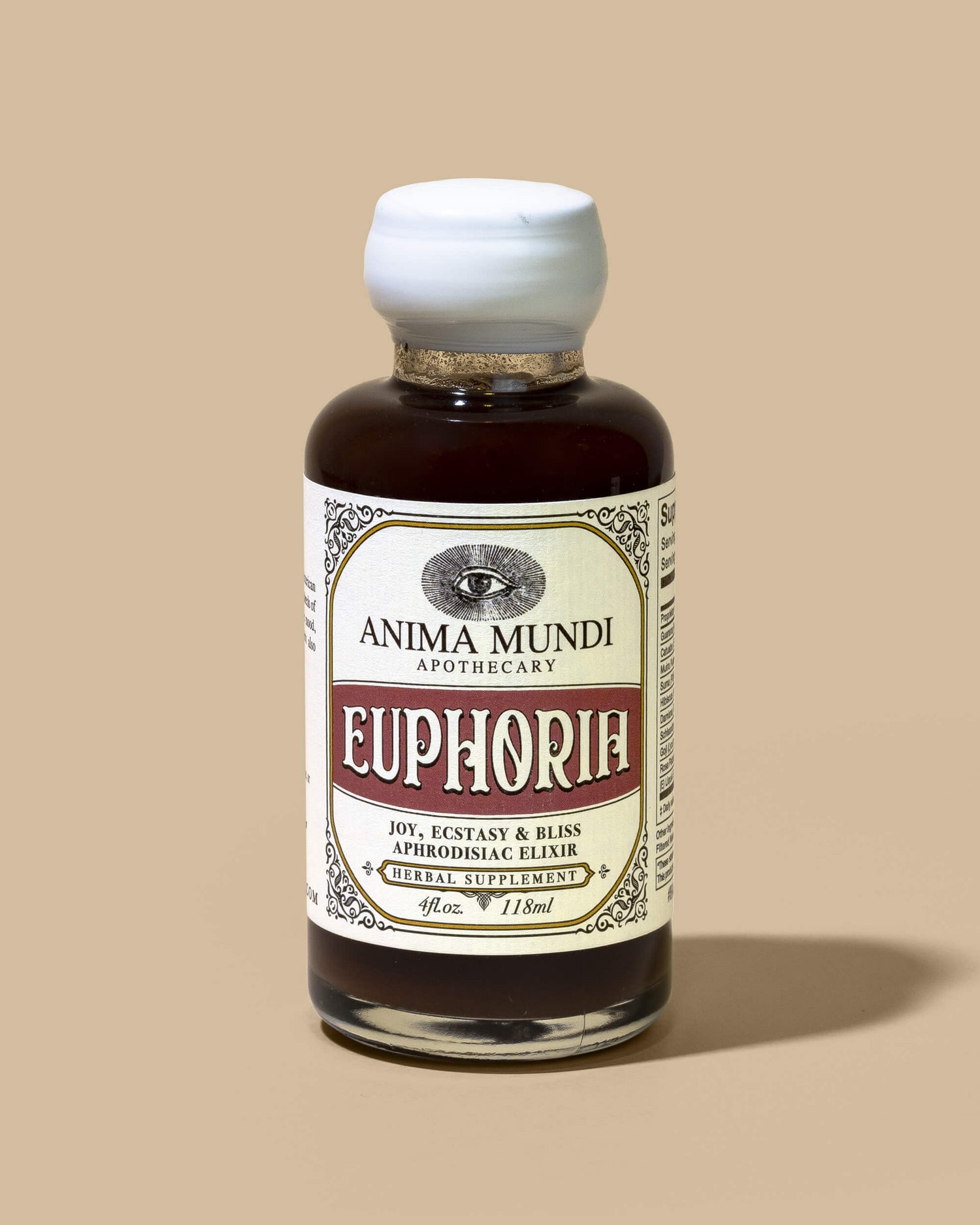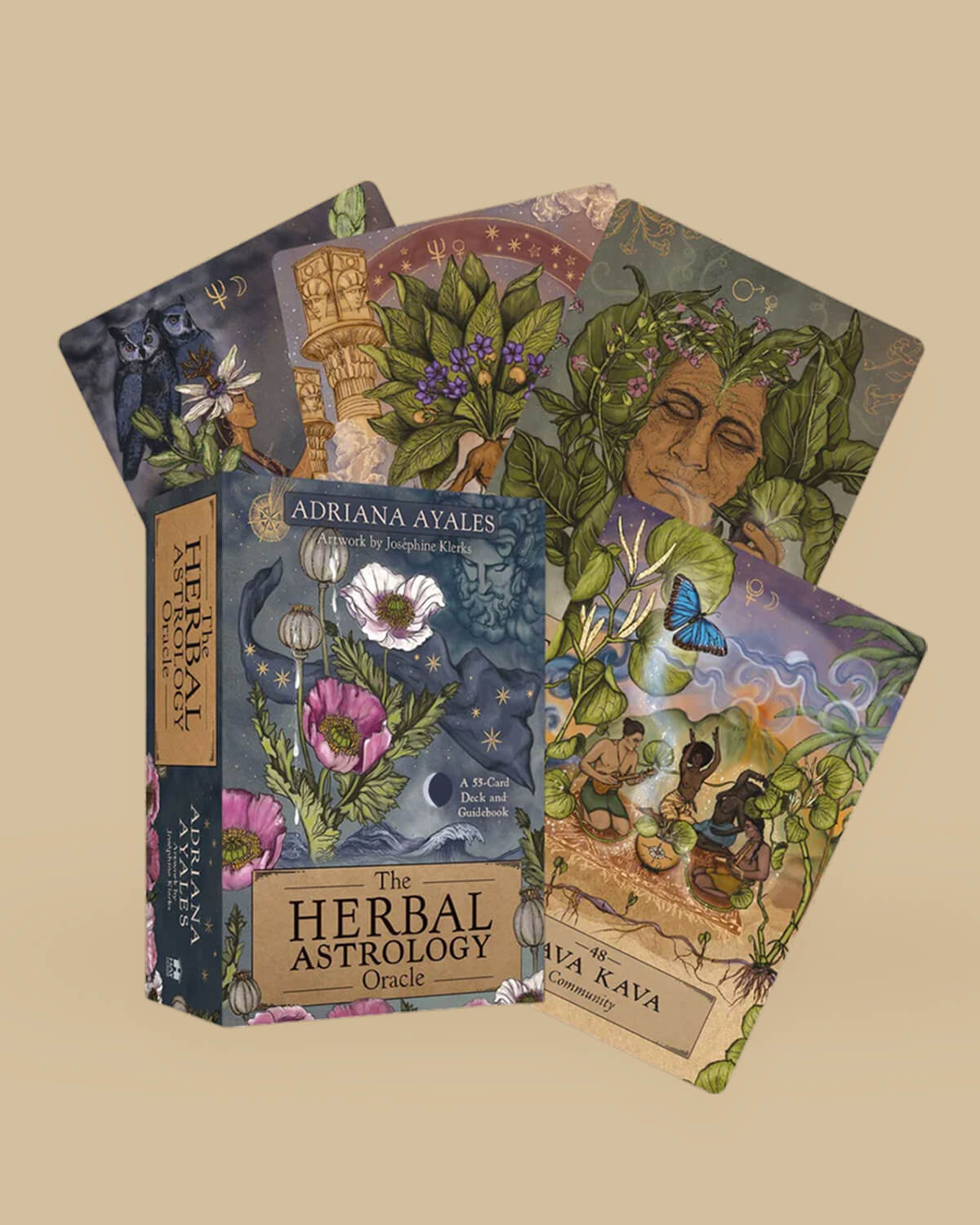Ayurvedic medicine has a rich history, which was originally passed on through the oral tradition, then later recorded in Sanskrit in the four sacred texts called the Vedas. This ancient practice of Ayurveda is all about connecting to ourselves and staying in harmony and balance with the natural world. Ayurvedic rituals aren’t just about preventing diseases rather than simply curing them; they’re also about how to live in a state of vigor and energy. In India, more than 90 percent of the population uses some form of Ayurvedic medicine. While it’s becoming much more popular here in the West, it’s still considered an alternative medical treatment.
The theory behind this medicine is that all areas of life impact one’s health. Here in the Western world, we believe in using targeted tactics—generally, prescription medications—to cure specific ailments. Ayurveda views the body as a whole. Like traditional Chinese medicine, Ayurveda is about the mind, body, and spirit connection.
The aim of Ayurvedic daily rituals is to return the body to its original healthy state; true luminous beauty must be supported by health. At the heart of Ayurveda are ojas, our life force, the very essence of our health and well-being. They are our honey, the sap in the tree that is our body. Ojas give us the ability to thrive. When our ojas are strong, our bodies are firm and flexible, our skin is clear and glowing, and our hair is shiny and healthy. Ojas also allow us to overflow with love and compassion.
However, the modern world takes its toll on ojas. Constant stress, processed food, technology, overextension, and too much information deplete ojas and dry them out. When we restore them—with meditation, healthy food, and being in tune with the universe—we become radiant.
Ridding your body of waste and toxins helps ojas to flourish, as detoxing allows the system to be nourished. The aim of daily Ayurvedic practices is to improve your health. When your body is clear of toxins, it is able to receive the healthy benefits of nutritious food, face masks, and body oils. Rather than promote a harsh, all-at-once approach to detoxing, Ayurveda employs several small daily or weekly practices to help ensure that your body is always detoxing and efficiently processing waste.
AYURVEDIC SELF-CARE PRACTICES
Slowly incorporate these practices into your day. You can begin with something as small as integrating fresh produce into your diet, massaging your feet before bed, or dry brushing your skin in the morning. These Ayurvedic additions to your daily routine will help you to continuously keep your body in a rhythm and in balance. Once you know your body, you can adjust certain practices. 
Scraping your tongue every morning can give you clues as to how efficiently your digestive system is functioning. If your tongue is very coated, it usually means there is a lot of ama, or toxicity, in your system. With this Ayurvedic morning routine, you can gauge how well your system is flushing out toxins.
To scrape the tongue:
+ Use a stainless-steel tongue scraper (which you can find online or in most health food stores) or a spoon. Gently scrape from the back or base of the tongue forward until you have scraped the whole surface, which is typically accomplished with anywhere between seven and fourteen strokes. This clears away any bacteria. Scraping stimulates the gastric and digestive enzymes to wake up and start working.
+ Rinse out your mouth, and proceed with oil pulling as your next Ayurvedic morning ritual. 
During the night, as you sleep, your body builds up toxins while it is in the resting, cleansing state. Oil pulling allows these toxins to be released. As an Ayurvedic ritual, oil pulling should be done first thing in the morning, before you have anything to drink or eat. Coconut, sunflower, and sesame oil all work well, but coconut oil has the added benefit of whitening your teeth.
To Practice Oil Pulling:
+ Take a spoonful of oil and swish it in your mouth for fifteen to twenty minutes (this is the recommended period of time, but sometimes I do it for just a few minutes to feel the freshening and teeth-whitening effects of the coconut oil).
+ It is important to keep the oil in your mouth and not to swallow it. It also is wise to spit it out in either the toilet or the trash can, as it can clog the sink.
+ After you finish oil pulling, brush your teeth or rinse out your mouth very well. 
The skin is our largest organ and is responsible for 25% of the body’s ability to detox, yet we tend to focus our beauty and self-care routines on the face and hands when the whole body deserves reverence and respect. In addition to being an Ayurvedic ritual practice, skin brushing for the whole body has been used for ages in Scandinavia, Russia, Japan, and Greece and by the Cherokee tribe (using dried corncobs), to name just a few examples. Skin brushing helps rid the body of dead skin and also stimulates the lymphatic and circulatory systems, which assist the kidneys and liver in releasing excess hormones that have built up in the organs.
Over time, dry brushing can prevent cellulite and help regenerate collagen, and in the short term, it invigorates and energizes you. As you are shedding dead skin, you are also asking to release what no longer serves you. Dry brushing is an Ayurvedic ritual that should be done before bathing or showering; your skin should be dry.
To Practice Dry Brushing:
+ Using a body brush with natural bristles (I like ones that have copper in them to help balance electromagnetic fields), start at the feet and move up toward the torso.
+ Using long strokes in the direction of your heart, brush each part of the body six times.
+ Brush so it feels slightly painful but good—like when you get a really deep stretch.
+ To increase the detoxifying effects, follow with a cold shower. 
In the West, we consider a massage to be a special treat, but for many in India, massages are a regular part of life and Ayurvedic self-care. Babies and toddlers are massaged daily, and when they are a little bit older, they are taught to massage their family members. Women get daily massages for forty days after giving birth. Once you become accustomed to the health and beauty benefits of massages, you won’t be able to do without them. Fortunately for our wallets, Ayurveda considers self-massage, or abhyanga, to be just as beneficial as a massage given by another.
Set aside some time once a week, or daily if you can, to practice abhyanga, and you will soon see the benefits of this common Ayurvedic ritual, including toned, glowing skin; improved circulation; the relief of stiffness in the joints; and the flushing out of toxins in the body. It’s also a wonderful way to get to know your own body better. Use sesame, sunflower, or almond oil for massage; it feels extra luxurious if you warm it beforehand in a pan of hot water.
To Practice Self-Massage:
+ Apply warm oil generously to your body, beginning with your limbs. Use long strokes on your arms and legs and circular motions on your joints. Massage clockwise to release tension, and include areas like your neck and under your arms to target lymph nodes.
+ Massage your abdomen and chest in broad clockwise, circular motions. Follow the path of the intestine on your stomach, moving up on the right side, then down on the left.
+ Apply oil to your crown chakra, working outward in circular motions.
+ Dip your fingertips in the oil and massage your ears.
+ Massage your feet (but make sure to wipe off the oil before you walk).
+ Throughout the massage, send loving intentions to your organs and show gratitude to your body for everything it does for you.
+ Allow yourself enough time so that the oil soaks into your skin before you dress.
If you don’t have time for a full massage, you can always take a small scoop of shea butter and give yourself a foot massage before bed. This serves as a form of acupressure, and the shea butter helps moisturize dry skin. At the same time, you’re honoring your feet—which are your foundation—and how much they do for you throughout the day. 
In ancient times, bathing was regarded as a gift of health from the gods themselves. Making baths one of your regular Ayurvedic rituals can be a therapeutic activity. Almost every evening, after I have taken care of my work, my daughter, and my animals, I will indulge in a bath. Taking a bath is the perfect way to have nourishing alone time and create a bit of sanctuary for yourself. Baths are cleansing and can enhance physical and mental energy, remove negativity, and relax your body and mind. They’re also a wonderful way to soak up the deeply therapeutic medicine of essential oils and other good-for-the-skin ingredients.
This Article Was Written in Collaboration with,
Shiva Rosa
Shiva is the Author of Whole Beauty, Founder of the Local Rose and Shiva Rose Beauty. After having her first daughter in her early twenties, she was diagnosed with an autoimmune condition. This diagnosis, and yearning for a healthy planet for her daughter, propelled her on a path as a naturalist, activist and a natural skincare creator.














